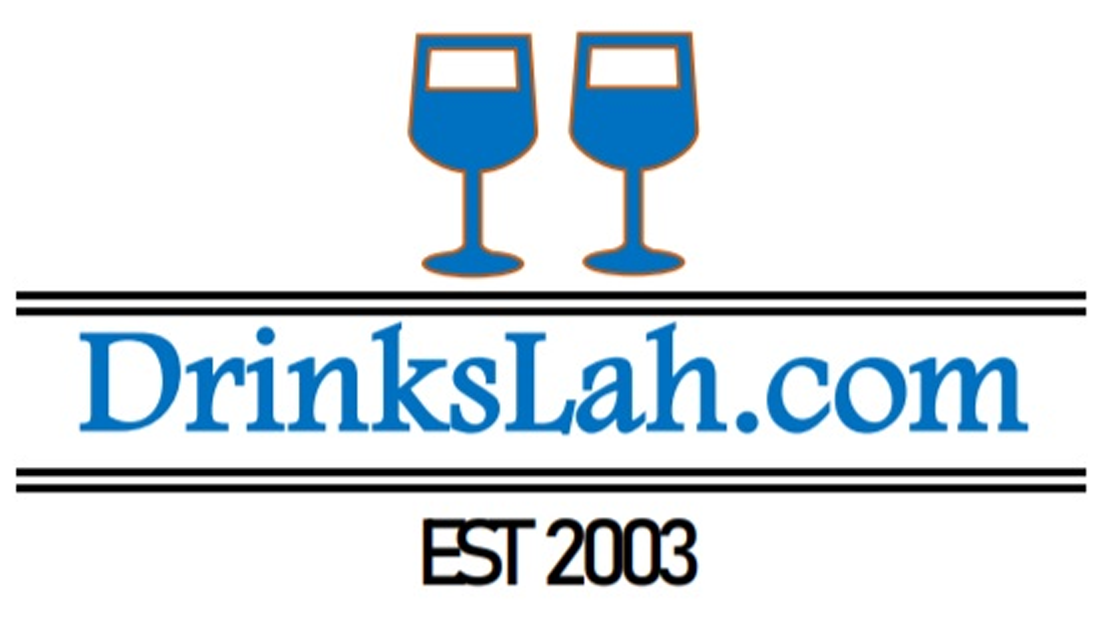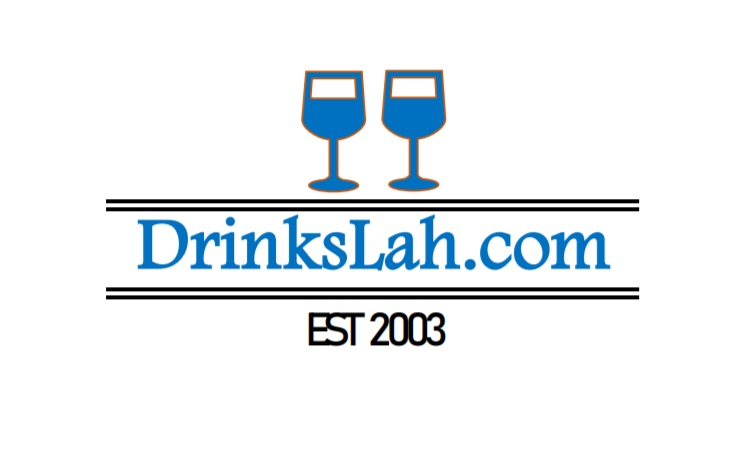The allure of a dazzling Rolex, the supple natural leather of a Hermès Birkin, the instantaneously identifiable monogrammed of Louis Vuitton– luxury brand names hold an indisputable attraction. They assure not simply a product, however an experience, a standing sign, and access into a special world. Yet, the expensive price connected to these coveted products inevitably increase the concern: are luxury brands genuinely worth the substantial financial investment? When you loved this short article and you would want to receive more information regarding best Luxury clothing kindly visit our own website. The response, unsurprisingly, is nuanced and depends heavily on what “worth” means to the individual customer. Reviewing this requires exploring the tangible and abstract elements that make up the deluxe suggestion.
On the tangible side, proponents say that luxury brand names warrant their costs with remarkable high quality. This encompasses several facets. remarkable craftsmanship and materials are typically characteristics. Many high-end homes utilize very proficient craftsmens utilizing time-honored strategies, resulting in products developed to last generations. Consider carefully hand-stitched leather products, precision-engineered Swiss watch motions, or materials woven from the finest silks and woollens. The products themselves are often sourced for their rarity, sturdiness, and visual charm, commanding premium prices prior to any kind of labor is used. This concentrate on top quality converts to durability and sturdiness. A well-crafted deluxe item, appropriately kept, can supply years of service, possibly using better lasting worth than cheaper choices requiring frequent replacement. Furthermore, numerous luxury brands give remarkable client service and aftercare, consisting of lifetime guarantees, specialist repairs, and customized buying experiences, enhancing the possession trip.
Nonetheless, the substantial top quality disagreement has restrictions. While real for heritage brands highlighting craftsmanship, the contemporary luxury landscape includes brands where advertising and marketing and branding exert a disproportionate influence on rate. Production isn’t always entirely artisanal; some components are mass-produced, and manufacturing may happen in areas with lower labor prices. The real price of materials and production, even top notch ones, typically stands for just a portion of the final market price. Considerable markups cover substantial advertising and marketing budget plans, prominent retail places, and the integral cost of maintaining the brand name’s aura of exclusivity. Critically, diminishing returns on high quality apply. A $500 bag may be considerably far better than a $50 bag, but the leap in objective top quality from a $2000 bag to a $10,000 bag is commonly low and noticeable only to connoisseurs, mainly reflecting brand name eminence instead than a proportional boost in functional worth.
This leads to the core of the high-end value proposal: intangibles. Luxury brands are masterful writers, selling goal, identification, and belonging. Owning a deluxe item can confer standing and social signaling. It functions as a visible pen of success, preference, and membership in a viewed elite. This psychological incentive, the sensation of accomplishment and acknowledgment, is a powerful vehicle driver for lots of consumers. Past status, luxury offers an psychological connection and heritage. Brand names with lengthy backgrounds cultivate stories of custom, virtuosity, and social importance (actual or regarded). Acquiring comes to be an act of getting in touch with this tradition. Additionally, deluxe promises exclusivity and shortage. Minimal editions, controlled distribution, and high costs inherently limit gain access to, making ownership feel special and distinct. The entire brand name experience— from the luxurious shop atmosphere to the conscientious solution and magnificently crafted product packaging– is developed to create a feeling of opportunity and desirability that goes beyond the physical product.
The inquiry of worth ends up being deeply individual when considering these intangibles. For somebody who obtains enormous satisfaction from the craftsmanship, the heritage story, and the feeling of exclusivity, the rate might be entirely justified. The item becomes even more than a things; it’s a psychological investment, an item of art, or a treasured heirloom. The self-confidence increase and social recognition it offers can hold substantial subjective value. Conversely, for consumers mostly concentrated on functional energy or cost-per-wear effectiveness, the price premium for intangibles will likely seem excessive and unfounded. They might find comparable high quality (though maybe not identical craftsmanship or brand status) in costs modern brand names and even high-street labels at a portion of the expense.
Other aspects affect the understanding of well worth. Financial investment value is sometimes cited, especially for iconic items like specific watches or bags that can appreciate or hold value incredibly well on the secondary market (e.g., Rolex, Chanel Standard Flap, Hermès Birkins). Nonetheless, this is not assured and uses just to particular, extremely sought-after versions from select brands; most luxury things decrease considerably upon purchase. Honest factors to consider also contribute. While some high-end brands highlight sustainability and honest sourcing, others run the gauntlet concerning labor methods or ecological effect. Customers increasingly consider these elements against the brand name’s image.
Ultimately, identifying if a luxury brand is “worth it” is a subjective calculation based on individual concerns and economic conditions. If the primary worth looked for is unrivaled workmanship, extraordinary products, and durability, and the consumer has the ways, specific luxury products can stand for good long-lasting worth. If the desire is driven by condition, exclusivity, emotional link, and the brand experience, and the customer positions high worth on these intangible benefits, after that the cost may be warranted for them directly.
Nonetheless, it’s critical to acknowledge the considerable duty of advertising and perceived shortage in blowing up costs past the innate worth of materials and labor. For the totally pragmatic consumer seeking performance and value, luxury brands are hardly ever “worth” the cost tag in a rigorous cost-benefit evaluation. Alternatives using exceptional quality and style exist at reduced price factors. Real price of luxury consists of the enormous branding equipment developed to make customers wish for the intangible mood surrounding the item as much as, if not more than, the item itself. Luxury is worth the cash just if the abstract prestige, emotional resonance, and feeling of exclusivity hold substantial value for you.
The excessively high cost tags attached to these desirable products certainly raise the question: are high-end brand names genuinely worth the significant economic investment? On the tangible side, advocates say that high-end brand names justify their rates with premium top quality. While true for heritage brand names highlighting craftsmanship, the modern deluxe landscape consists of brand names where advertising and marketing and branding apply a disproportionate impact on price. Eventually, identifying if a deluxe brand is “worth it” is a subjective calculation based on individual concerns and financial circumstances. For the purely practical customer seeking performance and worth, luxury brand names are seldom “worth” the price tag in a stringent cost-benefit evaluation.


